I recently built the Elecraft W1 Wattmeter. It’s capable of measuring in ranges of 1.4, 14, and 140 watts. It uses LEDs for the readouts but also offers a Windows based software interface to a PC to provide digital readouts of the power and SWR levels along with some configuration of the unit itself. Here’s some photos of the assembly process and the final unit.
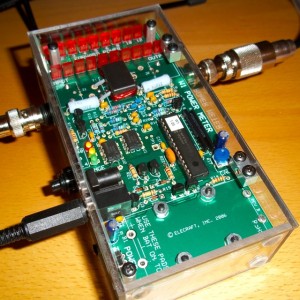
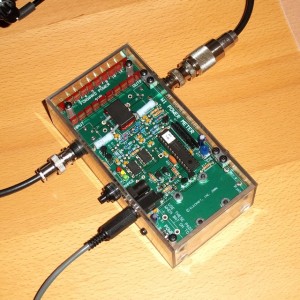
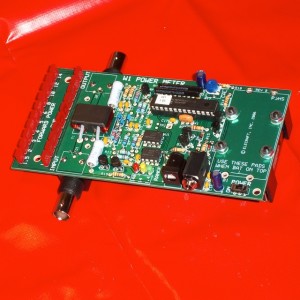
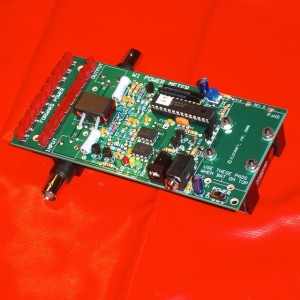
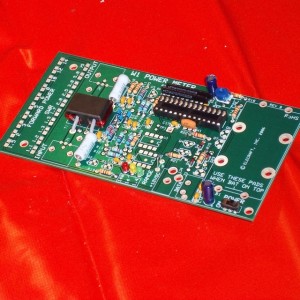

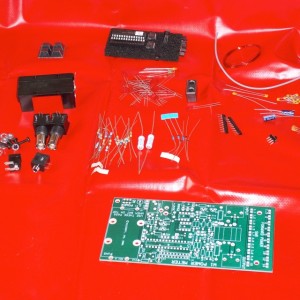
My reason for adding this to my toolbox was first that I’d moved up to the KPA3 100 watt amplifier. This left my NorCal QRP wattmeter behind at its maximum 9.9 watts. Even so, I love the digital readout of the NorCal wattmeter — see my earlier post on this kit. The second reason was that I needed a calibrated, reliable, measurement of the output power in order to calibrate the K3’s internal wattmeter. In my earlier testing of the KPA3 after installation (using a dummy load and RF probe) it appeared that the power output on the lower bands was quite a bit lower than on the bands above 20 meters. I’m happy to report that the W1 provided the necessary accuracy to calibrate the internal wattmeter and then to measure the KPA3 output power. All is well from 160 meters to 6 meters with output power varying only plus/minus a few watts from the rated 100 watts output.
The W1 software was vital to these measures as it gave me the necessary readout down to the watt, versus the LED readout of the W1 unit that provides a readout to 10 watts precision only. To get the software running, I had to use Windows operating on a Mac via the Parallels virtual machine. Whenever I go into that mode, it is usually quite frustrating to get everything working. This was not too bad, but I sure wish the software was available on a MacOS.
The kit went together pretty well. The Elecraft instructions are very well done. I will note, however, that the circuit board traces and component pads are very close together. I melted a couple of them together using a very fine tip with my Aoyue soldering station. That was due somewhat to my flagging attention toward the end of the assembly process. None-the-less, be advised that while this is a through-hole component kit and goes together well, it does require soldering skill and attention.
I also added to the kit the Lexan enclosure provided by Dave, W8FGU. The delivery of the enclosure was delayed a bit due to Dave’s working schedule. However, he let me know that it would be delayed. When it arrived, it was in excellent shape and went together very well. I used the version that uses the W1’s existing BNC connectors mounted on the back of the board along with the battery holder. This places the board and LEDs close to the front of the enclosure. The enclosure adds protection and looks great.
Overall, I highly recommend this wattmeter. I thought about the W2, but the price was too high for the testing-only use that I plan. If you’ve got an amplifier that should have continuous monitoring in your shack, then the W2 would make sense.



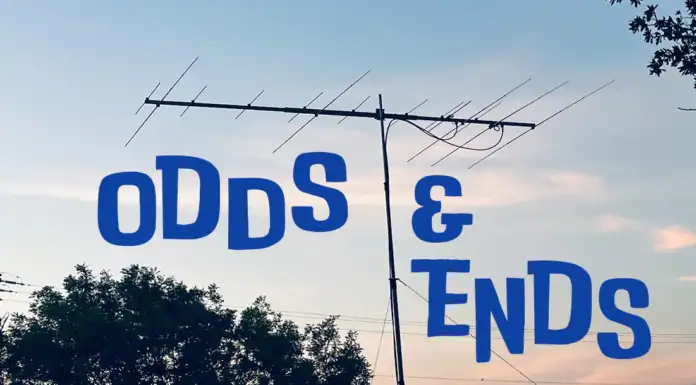





I appreciate your posting about the W1 – how it went together for you, and how you used it (and why). I agree with your assessment of the kit, generally; it is a thru-hole kit, and has no wiring or externals to worry about (except for the enclosure – which looks fantastic, BTW), but it’s at the top of the complexity food chain for the Elecraft Mini Kits. I’ve built at least one of each – for the learning experience, since I’m new to kit building – starting with the Dummy Load (apply named for first kit, too!) – and was very glad I left the W1 for last. At this point, I think I’m ready to move on to kits with wires & enclosures, and second boards, etc. – so that’s my two cents on where I think the W1 kit fits into things built.
I’ve intended to use a W1 with the couple of QRP rigs I have, to keep the longwires tuned correctly – and to show off for the occasional on-looker. However, your comments about the software have made me rethink how I want to (re-)organized my work bench. It’ll include a W1 as well.
Finally, I’m interested in making ham things work with the Mac, and your comments there are also of interest, and helpful. Thank you.
Hope to QSO sometime, if I can regain the little code proficiency I had years ago (one reason for the QRP rigs!)
Best regards,
Rob / W3RUM
Thanks for your comments, Rob. I’ve been soldering since high school and some electron-tube receivers — a Knight Kit Star Roamer and a generic receiver at school. I also had the benefit of soldering training in the Air Force to NASA standards. However, without practice and with twitchy hands it can now be a bit of a challenge. I’m confident that I won’t be tackling any surface mount kits! Good luck in getting your CW speed up. I’m still working on it and try to use the W1AW qualifying runs as a benchmark. I do hope to work you on the air sometime soon.
Jim, K5ND
Good to hear some first hand experience of this kit. I am considering to build a computer controlled auto tuner for my magnetic loop and in need for a computer readable SWR meter.
Do you know what’s the SWR range computer can read from this kit?
My magnetic loop can have SWR as high as 27 (when not resonant) from my MFJ antenna analyzer and I wonder if this kit can provide sufficient reading on my computer. I don’t need very accurate reading for high SWR, but want my computer to know which direction of tuning is needed.
I’m not really sure of the maximum range of SWR reading. I’ve looked at the manual and the software instructions, but it doesn’t address this except to say it will measure >5 SWR. Sorry I can’t help. The kit went together well. I seldom use the software as I run an all Mac system and only fire up Parallels/Windows when I need some special program like the W1 Wattmeter. Best wishes with your project. 73, Jim, K5ND
[…] 5. Elecraft W1 Wattmeter | K5ND […]